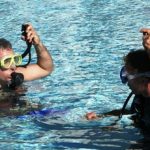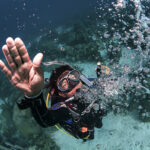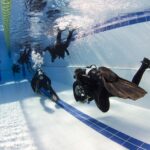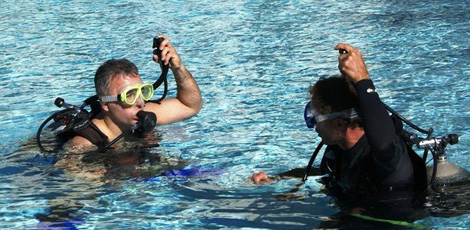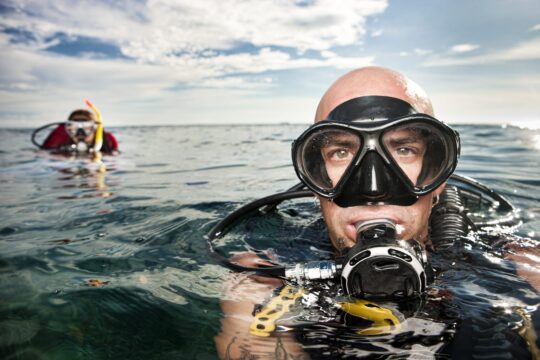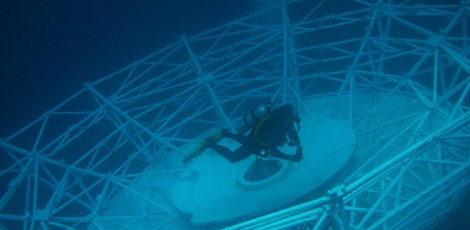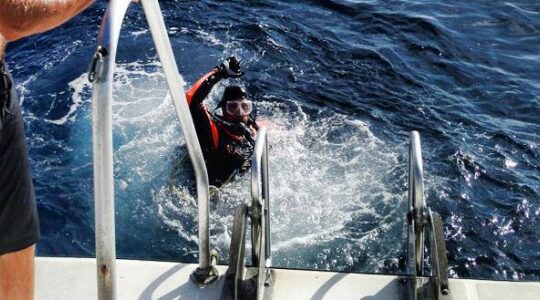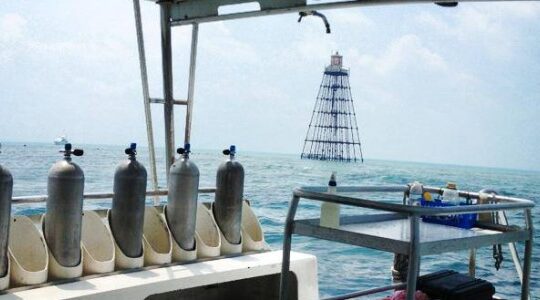Explore the Florida Keys National Marine Sanctuary
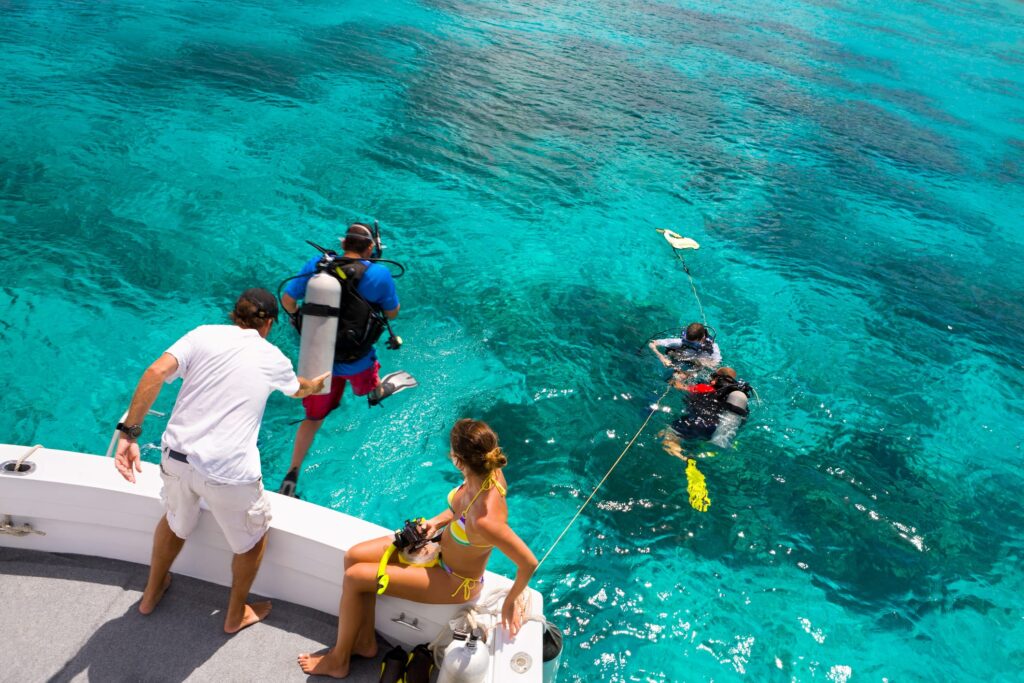
The Florida Keys National Marine Sanctuary is a 2,900 square-mile area of protected marine wilderness designated by Congress and President George H. Bush on November 16, 1990. It incorporates the preexisting Key Largo and Looe Key sanctuaries and was the ninth sanctuary to join the 13 sanctuaries and two marine national monuments that make up the National Marine Sanctuary System.
Historic Roots of the Sanctuary
Concern about the deteriorating condition of the Florida Keys’ marine ecosystem goes back at least to 1955 when conservation writer Rachel Carson included an in-depth section dedicated to the Florida Keys in her book The Edge of the Sea. In the book, a description of the unique marine biology of America’s coastal regions, Carson referred to the Keys as the United States’ only coral coast.
In 1957, conservationists met in the Everglades for a conference focused on the demise of coral reef resources in the Keys. The meeting sparked discussion of the creation of an underwater park, and the concept became reality in 1959 with the designation of the first undersea park in the United States. The original John Pennekamp Coral Reef State Park protected marine habitat out to a depth of 60 feet on the Atlantic side of Key Largo from Carysfort Reef to Molasses Reef.
Continuing environmental degradation and decline in Florida’s coral reef ecosystem was evident over the following three decades. This included algal blooms in Florida Bay, sponge die-offs, coral bleaching and loss of living coral cover, seagrass die-offs, a die-off of reef fish along the Keys’ outer reefs, and dwindling shrimp harvests on the Tortugas Grounds.
In 1972, President Nixon signed the Marine Protection, Research, and Sanctuaries Act into law. This cleared the way for designation of the Key Largo National Marine Sanctuary in December 1975 and the Looe Key National Marine Sanctuary in 1981.
Trouble continued when a 1983 outbreak of disease among long-spined sea urchins caused widespread, rapid mass mortality across the Caribbean over the next two years. The summers of 1983 and 1987 brought doldrum-like weather conditions of low wind and high air temperatures that contributed to massive coral bleaching on outer reefs throughout the Florida Keys, and secondary impacts such as coral disease followed.
In 1987, the Department of the Interior released a five-year plan to open Florida’s coastal areas to oil and gas development with lease sales to begin in late 1988. This threat was followed up in 1989 by the groundings of three different cargo ships in the Keys, two within Key Largo National Marine Sanctuary and one at Pulaski Shoal in the Dry Tortugas.
Congress Takes Action
On October 24, 1989, Florida Representative Dante Fascell (D) introduced the Florida Keys National Marine Sanctuary and Protection Act. The act was sponsored in the Senate by Senator Bob Graham and designated a specified area as the Florida Keys National Marine Sanctuary under the Marine Protection, Research, and Sanctuaries Act of 1972.
The Act required the Secretary of Commerce to develop a comprehensive management plan and implement regulations. It prohibited most operation of tank vessels or vessels greater than 50 meters in length in a certain Area to Be Avoided (ATBA). The Act also blocked leasing, exploration, development, or production of minerals or hydrocarbons within the Sanctuary.
Today the Florida Keys National Marine Sanctuary is administered by NOAA at the Federal level and jointly managed with the State of Florida. It surrounds the Florida Keys from south of Miami westward to encompass the Dry Tortugas, excluding Dry Tortugas National Park. The shoreward boundary is the mean high-water mark, essentially placing all of Keys waters within the Sanctuary.
Enjoying the Sanctuary
The Marine Sanctuary contains unique, nationally significant marine resources including North America’s only coral barrier reef, extensive seagrass beds, mangrove-fringed islands, and more than 6,000 species of marine life. The Sanctuary also protects historically significant shipwrecks and other archeological treasures.
The public is encouraged to visit the Sanctuary to enjoy the many recreational activities this amazing ecosystem has to offer including world-class boating, diving, snorkeling, fishing, and wildlife watching. Activities are regulated to reduce user conflict and preserve the Sanctuary’s natural and cultural resources in perpetuity. The Florida Keys National Marine Sanctuary offers a relatively pristine underwater environment that easily rivals more far-flung and exotic dive sites.

